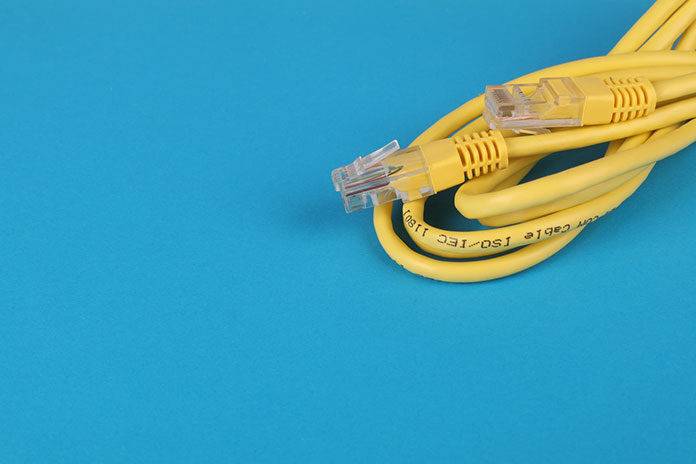Insulation Displacement Contact connectors, more commonly referred to as IDC connectors, are often a common choice for computer-related technology. Essentially, these are electrical connectors and have specially designed connection points that allow them to join together conductors of insulated cable without any hassle. Without an IDC connector, it can often be quite a long process to do so.
There are several reasons why using one of these could be beneficial. If you’re thinking of getting one, you may have noticed that this technology is used in different types of connectors, too. So, which type should you choose?
Telecommunication connectors
Several telephone and networks use IDC technology, simply because it can help to create reliable connections during installation with little fuss. There are even a few different types of telecommunication connectors, like the registered jack series or Category 5 twisted pair cable. While not necessarily ideal for any job, these are most certainly a good selection for a variety of needs in this specific area.
Punch-down blocks
These particular connectors are made to join individual, separate conductors using a punch-down tool to position them into the block. You might also see punch-down blocks in telephone network connectors, but they can have more variety in what they’re used for, often being a good choice for patch panels and distribution frames as well.
Ribbon cable connectors
The far more commonly used form of IDC connector is the ribbon cable. One of the main benefits of these is that they can be used for different interfaces, which allows them to be used in a variety of projects – making them far more versatile than telecommunications connectors. It’s common to see several of these on computer boards, but they’re typically a good option for interfaces such as D-type, PCBs and GPIB.
General benefits of these connectors
Whether they’re used for interfaces or better suited to telecommunication needs, there’s no doubt that Insulation Displacement Contact connectors can be a useful tool. That being said, here are some of the main advantages that you might want to consider:
- Thanks to their design, they allow you to bypass the often time-consuming task of stripping the insulation of conductors before making a connection
- Since the manufacturing speed of these connectors is fairly fast, they can often be a cost-effective option
- It’s usually not too difficult to use these. Most can be fit by hand or with an easy-to-use tool, making it much easier to make any connections you need








